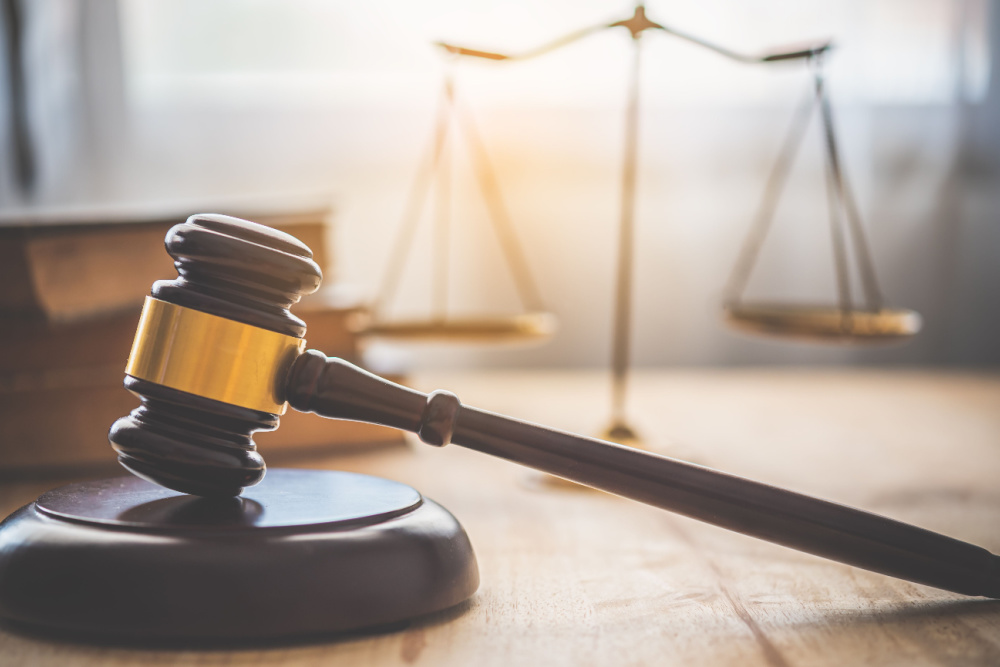
Nothing is more important to a successful court proceeding than the proper presentation of evidence. As an attorney, it’s essential to understand the rules and regulations around presenting this information to have your argument respected and taken seriously by the judge and jury. In this blog post, we will cover what you need to know about the rules of evidence in court proceedings so that you can be confident when appearing before a court of law. Read on for a further explanation and concrete steps you should take to present evidence during legal proceedings properly.
Overview of the Rules of Evidence
The rules of evidence play a crucial role in maintaining fairness and justice in the legal system. These rules dictate what evidence can be presented in court and how it can be presented. Adhering to these rules ensures that the evidence presented is reliable and trustworthy and helps to prevent false or misleading information from being used to sway a jury or judge. Rules of evidence can vary from state to state but generally dictate what types of evidence are admissible, how they can be introduced, and what standards must be met to be considered reliable. Understanding these rules is essential for any legal professional and can make a difference in a successful trial.
Types of Evidence Admissible in Court Proceedings
Evidence is a crucial aspect of any court proceeding, as it helps establish the truth and determine the outcome of a case. However, not all evidence is admissible in court. The court follows strict rules regarding the types of evidence that can be presented, limiting the scope of admissible evidence to those that are relevant and reliable. Admissible evidence can include testimonies from witnesses, physical objects, documents, and expert opinions. These types of evidence can support or disprove an argument, but it is the judge’s discretion to determine whether they are admissible. Understanding the different types of evidence that can be presented in a court proceeding is important to ensure a fair and justified decision.
Preparing Your Evidence for Trial
When preparing trial evidence, it is essential to follow a formal procedure. First, you must gather all relevant information, including witness statements, physical evidence, and other documentation. Next, it is imperative to organize and analyze the evidence carefully to identify any inconsistencies or gaps that must be addressed. Finally, the evidence must be presented clearly and concisely in court to support your case. This process requires attention to detail, thoroughness, and a deep understanding of the legal system. By following these steps, you can present a compelling case and increase your chances of success in the courtroom.
Presenting Your Evidence in Court
When presenting evidence in court, it is essential to maintain a formal tone and demeanor. The stakes are high, and there is no room for ambiguity or imprecision. Therefore, you must be clear and concise in your delivery, ensuring that the judge and jury understand the relevance and significance of your evidence. This involves meticulous attention to detail and a thorough understanding of the rules of evidence. It is also crucial to remain composed and professional throughout the proceedings. A confident and collected presentation will bolster your credibility and help you make a persuasive case. Presenting your evidence in court requires legal knowledge, analytical rigor, and effective communication skills.
Effective Cross-Examination Techniques
Effective techniques are a must-have for any attorney when it comes to cross-examination in legal proceedings. A skilled cross-examiner can obtain critical information and expose weaknesses in the opposing party’s case. However, it’s not just about asking the right questions. A successful cross-examination also relies heavily on using body language, tone of voice, and strategic pauses. In addition, it’s important to remain calm and composed yet persistent in your line of questioning. With the right approach, cross-examination can be a powerful tool in winning a case.
Objections During a Court Proceeding and How to Respond to Them
In a court proceeding, objections are a common occurrence, and it is essential to know how to respond to them. As a lawyer or representative, you must be well-versed in the rules of evidence to understand the grounds for objections raised by the opposing counsel. Responding appropriately to an objection can make or break your case. It is vital to remain calm and collected when responding and to provide relevant evidence to support your stance. Your response should be concise, clear, and to the point. You must also be ready to rebut any arguments presented by the opposing counsel. Properly handling objections during a court proceeding can significantly impact the outcome of your case, and it is essential to be well-prepared for any objections that may arise.
Presenting evidence in court is a challenge that requires skill, preparation, and knowledge of the rules. It can be overwhelming, but following the steps outlined in this article will help ensure your evidence is admissible and your case is presented effectively. Having a comprehensive understanding of the rules of evidence, practicing best practices in court, and utilizing an effective cross-examination strategy are all essential elements that must be implemented in order to make sure your presentation shines. Make sure you ask questions and seek advice from experienced professionals if you are ever feeling unsure or uncertain about presenting evidence in court.
Are you looking for a professional court reporting firm in New Jersey? If so, contact us today!
